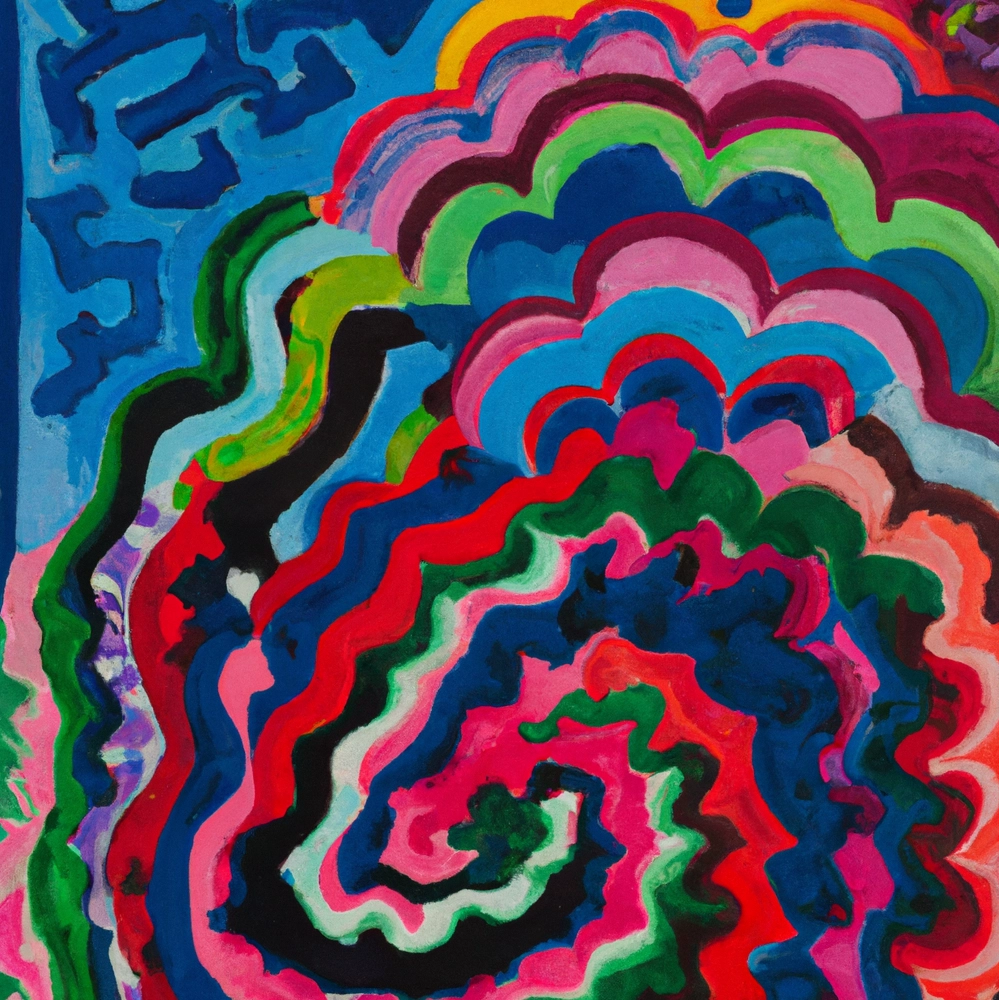On a recent trip to a conservative state that had just experienced a gubernatorial change, I had...
Three tips for teaching Hot Button topics
 Kevin Wasden
·
4 minute read
Kevin Wasden
·
4 minute read
“There are inspiring aspects to teaching history, but there are also topics that should weigh heavy on anybody’s heart. For my students to become responsible citizens of the world, they should carry the knowledge and perspective we discuss in social studies as protection against ignorance and misinformation.”
-Leah Voit, St. Mary’s High School, New York
Hot Button: Teaching Sensitive Social Studies Content, GSE, 2022
History is complex, often intertwined with ethical considerations, and replete with sensitive issues that can trigger strong emotional responses. Examples of these issues include civil rights, religious freedoms, national and international conflicts, and many others that emerge continuously. Teaching sensitive topics requires a balance between engaging students' minds and respecting their diverse cultural backgrounds and responses. Despite the challenges, educators should not shy away from difficult conversations. Rather, we must find ways to help our students become historical thinkers, able to analyze, interpret, and discuss historical facts in a way that supports true democratic ideals and enables all voices to be heard.
Recently, I had the opportunity to speak with social studies teachers in North Carolina about three key strategies that can be incorporated into their classrooms in order to facilitate better teaching and learning of sensitive social studies topics. These are (1) building a culture of trust, (2) examining multiple historical perspectives, and (3) connecting history to the modern student. These principles have guided my work as a classroom teacher and school administrator, and I would like to elaborate on them further.
Building a Culture of Trust
“Civil conversations are based on honesty, empathy, and require participants to be open to a constructive exchange of ideas. Without these common courtesies, agreeing to disagree is just impossible.”
–Kelly Reichardt, 2022 National History Day Historical Argumentation Scholar
Hot Button: Teaching Sensitive Social Studies Content, GSE, 2022
To create a successful learning environment for students, it is important to build a culture of trust. Trust is especially important when discussing sensitive topics, as students need to feel comfortable expressing their thoughts and feelings without fear of judgment or ridicule. Teachers can create this atmosphere by being approachable and non-judgmental and providing opportunities for small-group discussions, sharing circles, and peer-to-peer feedback.
However, establishing trust is not just the responsibility of teachers; it is equally important to create a culture of respect and kindness throughout the entire school community. As a school administrator, I recognized the need to dedicate a portion of our weekly teacher development time to building this culture. To achieve this, I implemented a three-tiered approach that focused on (1) school-wide values and vocabulary, (2) classroom practices, and (3) individual support. Additionally, we used the Community Stewardship Model, which is a six-level framework that helps educators foster connection and commitment to people and practices within a school and classroom. The Stewardship Model's principles include proximity, interaction, contribution, interdependence, connectedness, and stewardship.
By learning about and practicing these principles, educators and students developed a deeper commitment to their own success and to those in their various communities. This approach not only helped students engage in civil discourse, but also enabled them to recognize their education as a tool to serve their communities.
(To learn more about the Community Stewardship Model and for more suggestions for improving school culture, refer to Gibbs Smith Education’s book, CulturED: Pathways for Meaningful School Change.)
Examining Multiple Historical Perspectives
“Incorporating the use of primary and secondary sources into daily classroom lessons is an excellent way to approach hot button topics. The opportunity to investigate and examine sources can maximize student agency, pique curiosity, and encourage student-initiated exploration.”
–Kelly Reinhardt, M.Ed. Howard County Public Schools, Maryland
Hot Button: Teaching Sensitive Social Studies Content, GSE, 2022
Examining multiple historical perspectives through primary sources can help students to develop a deeper understanding of complex historical events. By presenting primary sources such as letters, diaries, photographs, and artifacts, students can engage in critical thinking and analysis, and develop their own interpretations of history. This approach encourages students to think beyond textbook narratives and to consider the perspectives of different individuals and groups who experienced historical events in unique ways.
In her renowned TED Talk, “The Danger of a Single Story” (TEDGlobal 2009), Chimamanda Ngozi Adichie counsels us, “I've always felt that it is impossible to engage properly with a place or a person without engaging with all of the stories of that place and that person. The consequence of the single story is this: It robs people of dignity. It makes our recognition of our equal humanity difficult. It emphasizes how we are different rather than how we are similar.”
As our students learn to analyze and interpret historical events from multiple perspectives, supported by primary sources, they begin to recognize the diversity and richness of humanity. They also discover the importance of seeking multiple perspectives and narratives in order to understand the events happening in the world today. This singular skill can greatly empower our students, no matter their life’s pursuit. Consider the entrepreneur seeking to understand potential markets, the school principal investigating a child's misbehavior, or the writer seeking to research a book idea; each is benefited by the ability to seek and understand multiple perspectives.
Connecting to the Modern Student
Connecting the historical experience to the modern student is essential for engaging students in sensitive social studies topics. By relating historical events to current events or contemporary issues, teachers can help students to see the relevance and importance of what they are learning. This approach can also foster empathy and understanding, as students begin to recognize the similarities and differences between historical and modern experiences.
Providing opportunities for reflection can be a powerful tool in helping students to gain a deeper understanding of their learning experiences. Reflection allows students to identify their strengths and areas for improvement, and to set goals for future growth. It can also help them to make connections between their learning experiences and their personal and professional goals. Encouraging students to pause and reflect on their learning experiences can be achieved through prompts such as journaling, group discussions, and self-evaluations.
Teachers can enable reflection through thought-provoking questions in order to facilitate critical thinking and promote deeper learning. These types of questions challenge individuals to examine their assumptions, beliefs, and values, and to consider alternative perspectives. Thought-provoking questions can also foster creativity and help individuals to develop new ideas and insights. As educators, we can encourage critical thinking by asking open-ended questions that invite diverse perspectives and encourage students to make connections between their learning experiences and the wider world.
Conclusion
To teach sensitive social studies topics effectively, it's important to approach the subject thoughtfully and intentionally. This can be achieved by creating a culture of trust, examining historical events from multiple perspectives, and connecting the material to the modern student's experience. Through these strategies, students can develop critical thinking skills and gain a deeper understanding of complex historical events.
The ultimate goal of teaching sensitive social studies topics is to equip students with the knowledge and skills they need to to discover truth for themselves, rather than simply telling them what to think. I’m optimistic that, if taught to learn and think for themselves, most will choose truth.



